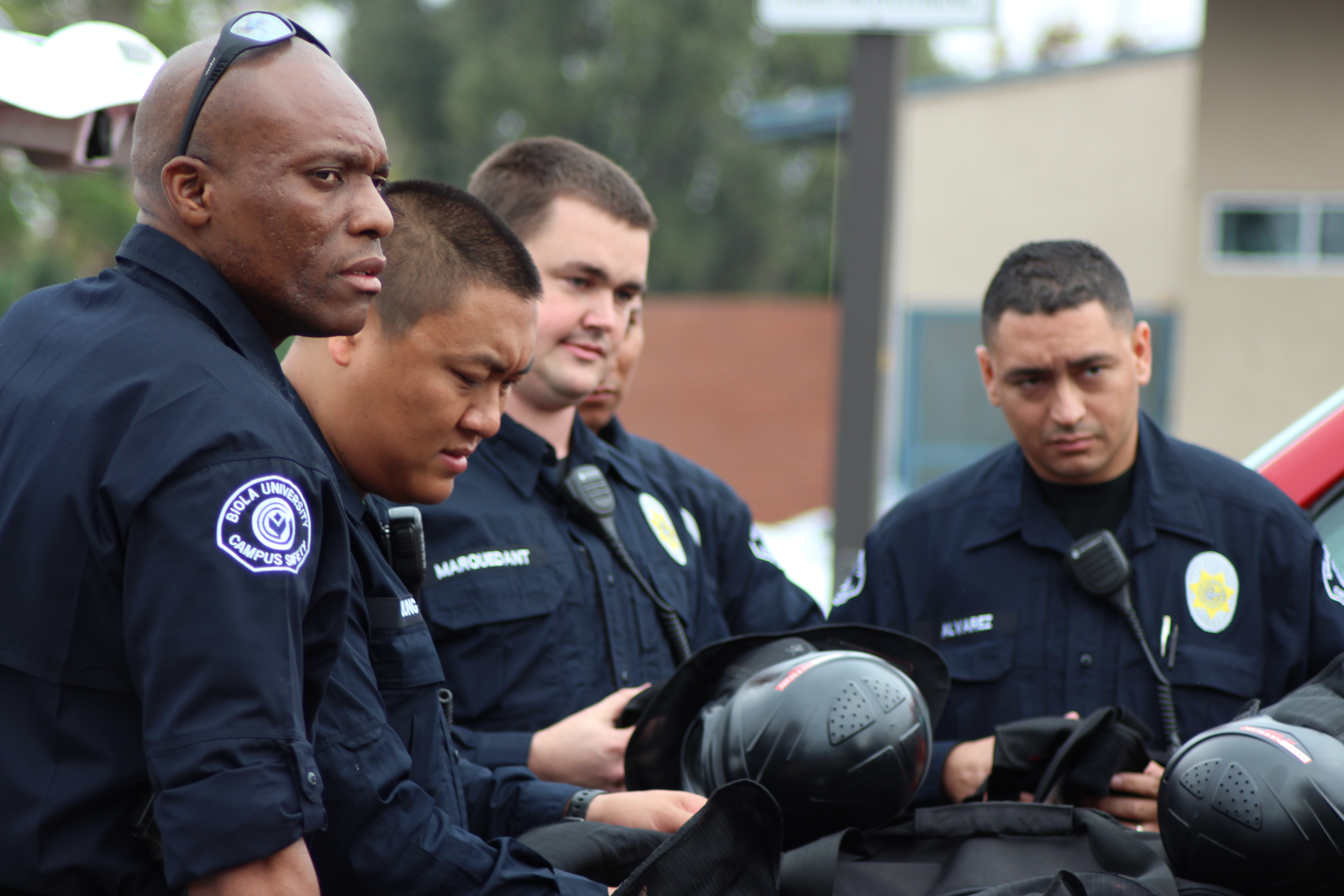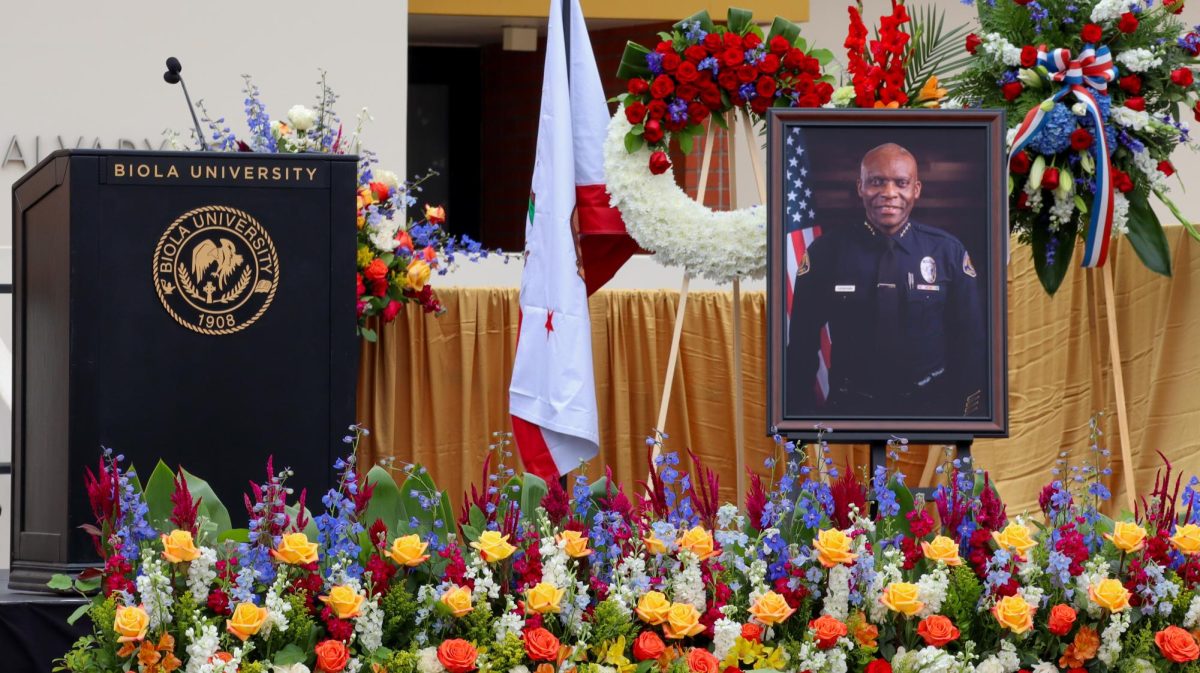Though legislation aiming to increase protection for women will go into effect later this year, Campus Safety has been steps ahead of the legislation for years. President Barack Obama signed the Violence Against Women Reauthorization Act of 2013 on Mar. 7, 2013.
OBAMA PASSES ACT TO PROTECT WOMEN
“We’ve been doing this for four or five years, way before they talked about this law … So this is just some proactive steps that we started five years ago and when this statute’s enacted, it could be easier for us to implement stuff,” Campus Safety Chief John Ojeisekhoba said.
A rulemaking committee is currently developing rules for implementing the 2013 Violence Against Women Act in higher education, according to the U.S. Department of Education’s Negotiated Rulemaking 2013-2014 Web page. The rules will address awareness of sexual and dating violence and broaden the types of offenses that universities are required to publically report through the Clery Act.
Members of the committee include representatives of the U.S. Department of Education, mental health service professionals, students and campus safety advocates.
Instances of sexual assault — which include unwanted physical contact such as fondling, domestic violence, dating violence and stalking — are not yet specifically reported in the crime log. However, Campus Safety already has plans of action to deal with stalking and dating violence.
CAMPUS SAFETY CONSIDERS OPTIONS
If any student finds themselves in an uncomfortable or threatening situation, they are encouraged to talk to Campus Safety, Residence Life or Student Development so action can be taken, Ojeisekhoba said.
“We highly encourage students, if you are ever involved in dating violence or any sort of stalking, we want to know,” Ojeisekhoba said.
While some female students may be hesitant to talk about a traumatic situation, coming forward with information is important for their protection, as well as the protection of others.
“When I hear [about situations], I put my RADS [Rape Aggression Defense System] hat on because it’s extremely important to follow-up on. Because if we have a guy on campus that’s doing that to a female and she doesn’t say anything, that guy is going to do that to another female thinking it’s OK, he didn’t get in trouble,” Ojeisekhoba said.
Apart from increasing awareness through reporting crimes, new requirements placing emphasis on prevention education for students, faculty and staff are included in the legislation as well. Though Ojeisekhoba teaches the self-defense class RADS, and collaborates with Student Development for sexual violence awareness weeks every four years, they are working to figure out more ways to educate students, Ojeisekhoba said.
Campus Safety is considering options such as sending out prevention training information to students via email on an annual basis, providing more information during the Campus Safety freshman and transfer student orientations and collaborating more often with Student Development.
Part of the issue to tackle is a lack of understanding of what actions are reportable since some students may not recognize that what happened to them is a crime, outside of the clear cut example of rape, Ojeisekhoba said. Education encompassing which actions cross boundaries will play a large part in prevention.
“We have to spell it out,” he said.








